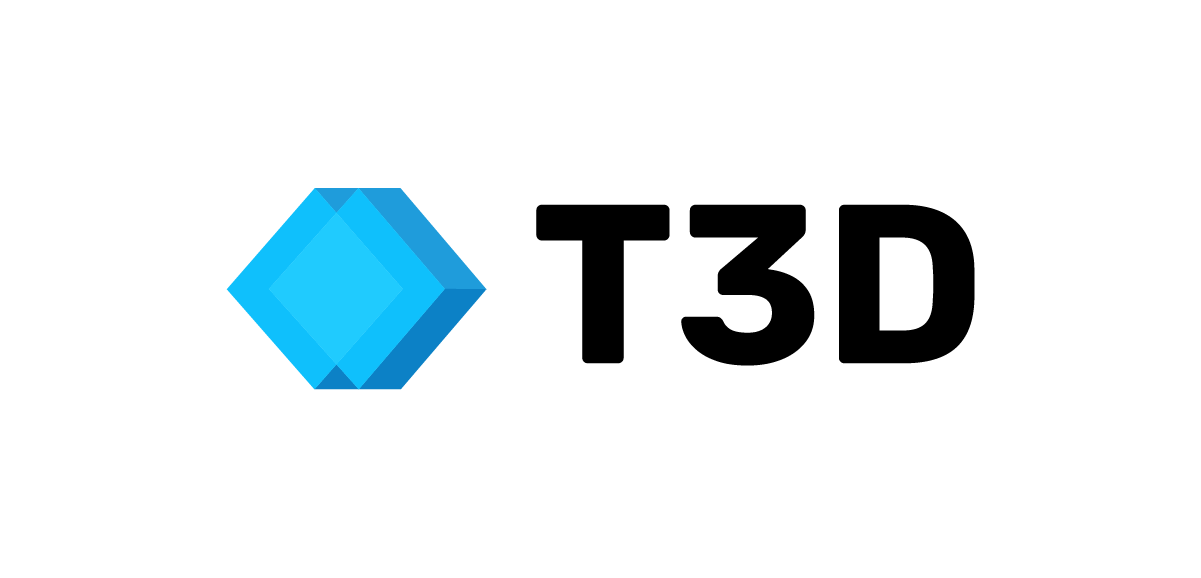NFT usage and ownership rights

In recent years, the use of Non-Fungible Tokens (NFTs) has become increasingly popular. NFTs are digital assets that exist on a blockchain and represent an ownership right for the holder. The concept of tokenised ownership has been around for some time, but the use of NFTs has seen an exponential growth in the last year.
NFTs have brought a new wave of ownership rights to the digital world. They have empowered artists, creators, and entrepreneurs to monetize their digital creations and have given them greater control over their intellectual property. As a result, the use of NFTs has exploded over the past year, with the number of tokens circulating on the Ethereum blockchain alone surpassing $250 million in 2021.
The use of NFTs has had a positive impact on the digital economy, allowing creators to monetise their work and giving them greater control over their intellectual property. Additionally, NFTs have provided a platform for digital art, collectibles, and gaming, allowing users to buy, sell, and trade digital assets.
NFTs have also opened up the possibility of fractional ownership, allowing users to own part of an asset without having to purchase the entire asset. This has enabled users to diversify their portfolios and invest in a range of digital assets.
The ownership rights associated with NFTs are still evolving, but it is clear that they are a powerful tool for digital ownership. The use of NFTs is only going to continue to grow in the future, as more creators, entrepreneurs, and investors explore the possibilities of tokenised ownership.

![[CITYPNG.COM]White IG Instagram Insta Logo – 1000×1000 [CITYPNG.COM]White IG Instagram Insta Logo - 1000x1000](https://333d.co/wp-content/uploads/elementor/thumbs/CITYPNG.COMWhite-IG-Instagram-Insta-Logo-1000x1000-1-pqcfq4bnhuokmm0imydvrtuzhc4laayantx5er0gl8.png)


